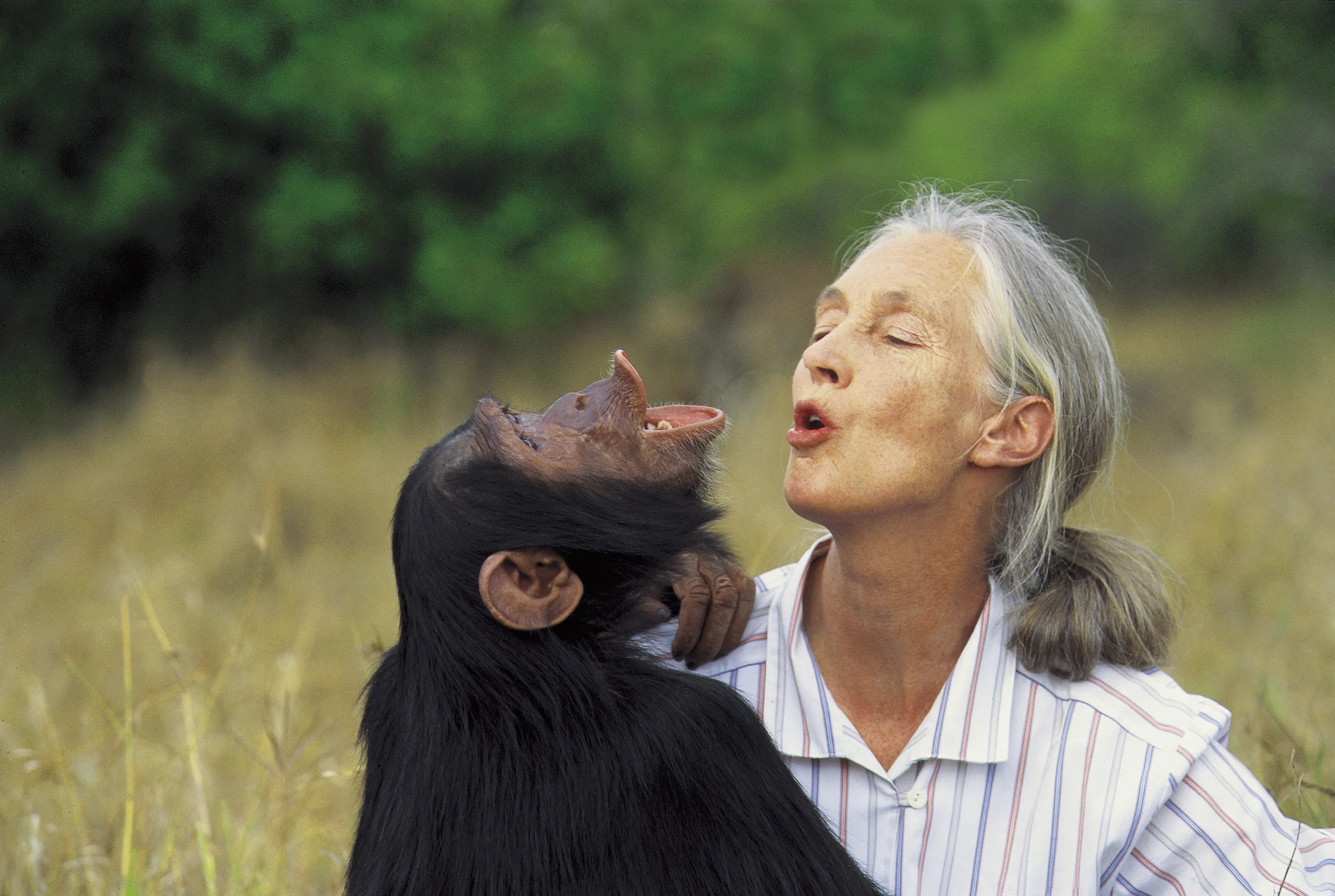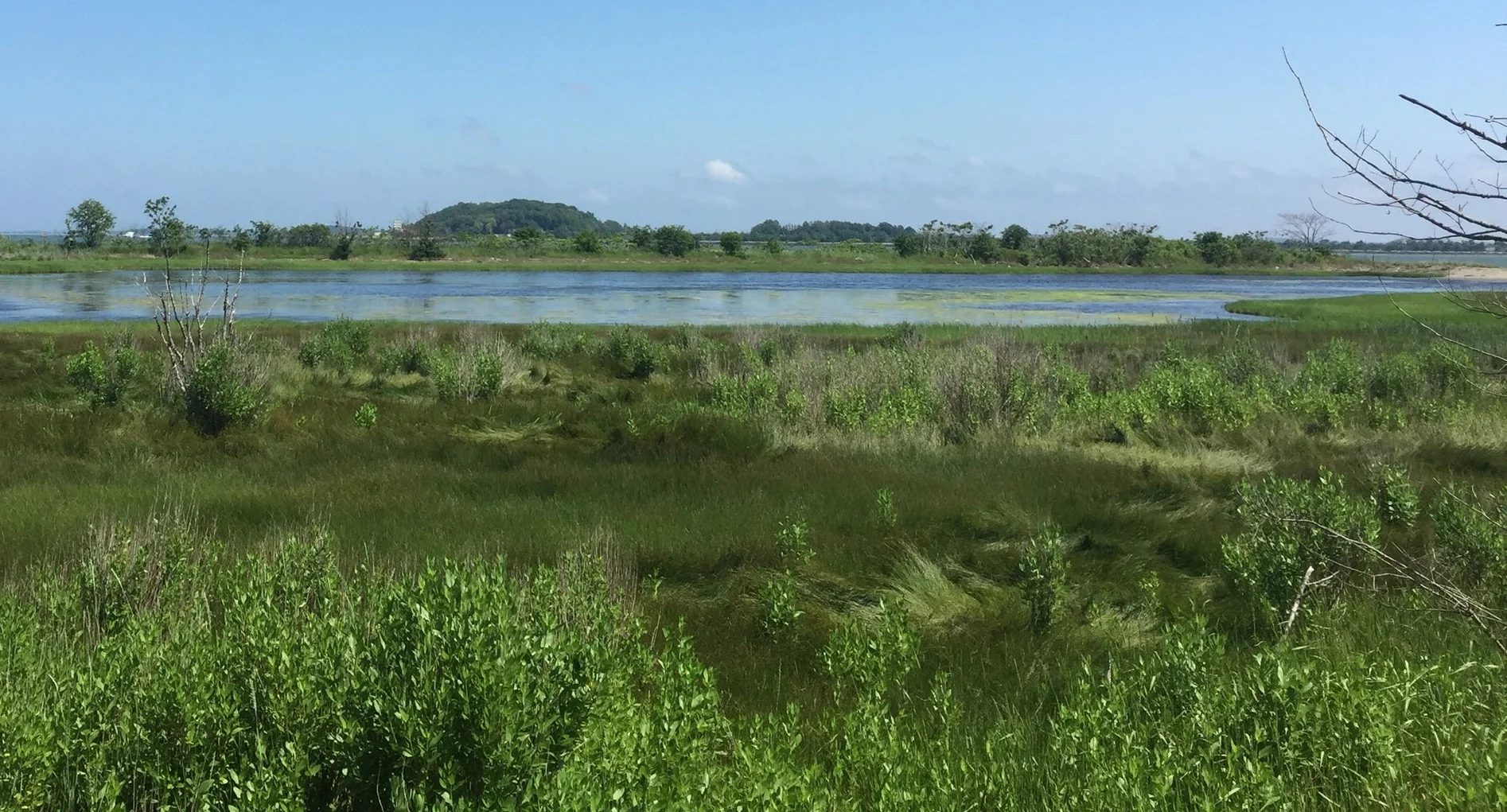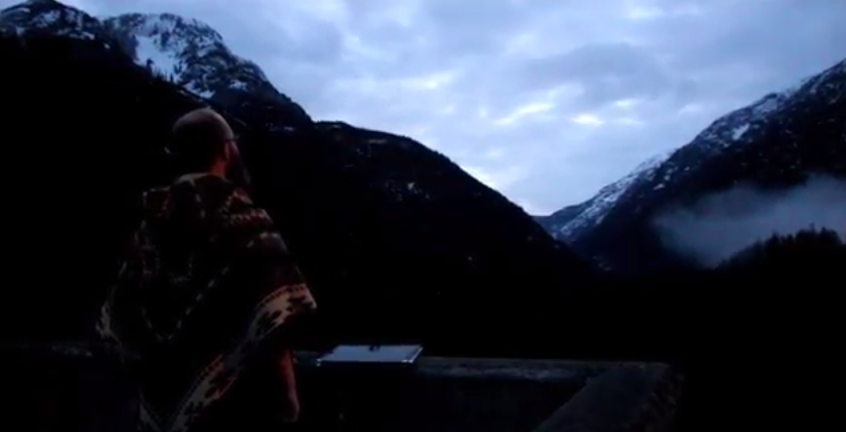In the summer of 2015 the Goodell-Creek Fire ran up the valley far faster than expected. We at the North Cascades Institute's Environmental Learning Center had been on a level 1 alert for a few hours when the power went out. Within minutes we got the word that we were now on level 2, which meant that we should go back to Diablo where all of our belongings were and pack up. Level 2 usually lasted for a few hours so we knew we had to move but not rush.
Upon taking the 7 minute drive down to Diablo, Seattle City Light made the situation up to level 3 which basically means LEAVE NOW. So when we reached our houses in Diablo the SCL staff gave us all only 10 minutes to grab what we could and start evacuating out east. In the rush to grab clothes and supplies for who knew how long, I stopped for a solid 30 seconds to say good bye to my computer.











